
At the level closest to life, in villages, hamlets, residential areas, cultural houses, schools, and offices, the "grassroots cultural environment" is the cradle that cultivates personality, standards of conduct, and nurtures self-esteem, community awareness, and an open spirit.
From here, the Vietnamese human values of patriotism, humanity, loyalty, diligence, creativity, honesty, discipline, and responsibility are both preserved and recreated in a contemporary rhythm of life.
Identity Incubator
Cultural environment is not an abstract concept, but a place where the community agrees to form common conventions, respect diversity, encourage creativity and manage life together.
When that environment is healthy, every citizen, from children to the elderly, learns “the right thing” not only from books, but also from the way the community lives together every day. When that environment is broken, the order of values is easily broken, and negativity can spread faster than any advice.
In typical spaces such as mountainous areas, border areas, and plains, what is the basic cultural environment like, how has it changed, and how can it be expanded? In mountainous areas, the basic cultural environment is always associated with indigenous heritage.
Culture is not decoration, but the rhythm of life: the sound of gongs in festivals, the Khen melody, the indigo shirt, the stilt house style, religious practices, indigenous knowledge... When that synthesis is cherished in common living spaces, communal houses, festival grounds, and village cultural houses, the cultural confidence of the community is strengthened, and the young generation has a place to "learn to be human" in the way of their people.
Lao Cai is one of the localities that initiated the community tourism model associated with poverty reduction since the late 1990s, with international professional support. From the initial Sa Pa villages, the model has spread to Bac Ha, Si Ma Cai, Muong Khuong, planned in the direction that each village is associated with the identity of an ethnic group (Giay, Dao, Tay, Mong ...), synchronously investing in welcome gates, guest reception stations, cultural experience spaces, and improving the quality of local human resources.
This approach not only creates livelihoods but also “frames” an orderly cultural environment where indigenous values are respected and performed in daily life instead of just on stage. Lao Cai is also promoting festivals, craft villages, and OCOP products through digital technology , from festival lookup applications to digital destination maps so that heritage can “touch” the younger generation, while helping the community tell its own cultural story.
In the Central Highlands, communal houses and gongs are not just symbols. They are “common houses” where the community discusses work, teaches children, and holds ceremonies. For many years, Kon Tum (old) has maintained classes to teach gong tuning, established gong teams for adults and teenagers; restored festivals, inventoried and documented heritage, and created a “learning-practicing” mechanism right in the village.
Such a lively cultural practice is the most effective environment for educating the personality of young people, instead of just “viewing” culture as a performance. When the communal house returns to its proper role as a place to preserve sacred objects, a place to hold rituals, a place to perform, it also becomes a center for regulating lifestyles, from environmental sanitation to community reconciliation. If we want a sustainable cultural environment, we must return ownership to the community, keeping the key to identity.
Ha Giang (old) chose cultural tourism villages as the core, 18 villages were promoted on an international platform, with product components and spaces organized according to the philosophy of "living with heritage" (earthen houses, fire stoves, corn wine, Mong pipes, etc.). Yen Bai (old) focused on highland cultural institutions, built playgrounds, identity clubs, incorporated reading culture and folk arts into the village-village activity schedule, creating weekly "touch points" instead of waiting for the festival season.
The cultural environment is therefore not “seasonal”, but becomes a regular rhythm of life. The grassroots cultural environment is the most natural “civic school”. In the cultural house, in the communal house yard, in festivals, in classes teaching gongs or Vi Giam, Xoan singing, behavioral standards are learned through practice: Respecting the elderly, loving children, respecting conventions, cooperating, being punctual, keeping clean, saying nice words, doing nice things. The regular repetition of small actions creates “habits” and habit is more durable than any slogan.
In addition, the cultural environment is a “soft filter” against the impact of globalization. When the community is confident and has a place to live with its identity, the new things will be proactively welcomed. People will choose to coordinate and eliminate harmful things. Lao Cai puts festivals and craft villages on a digital platform but still maintains the identity of each village; Dong Thap develops lotus economy without “polishing” too much; Kon Tum (old) teaches gongs so that young people have their own “language” of their community… that is why.
Culture is also the “soft border” of the country. At the border, a good cultural environment helps to consolidate the people’s hearts, expand people-to-people diplomacy, and bring border trade and tourism cooperation into a civilized and safe framework. The “bright spots of border culture” from Quang Ninh to Son La, Thanh Hoa… in recent years have shown that culture can “protect the border” from the root, by nurturing self-respect, self-management, and self-reliance of the community.
From "making a movement" to "designing a cultural environment"
Each place has its own conditions and its own way of doing things, but we should empower the community to be the subject and co-create criteria. Villages, hamlets, and residential groups should work together to build a "set of cultural environment criteria" based on their own real problems (environment, noise, domestic violence, children's play space, online culture, etc.), instead of applying a rigid model. Tay Ninh has done this effectively with a network of family clubs, anti-violence groups, and trusted community addresses; this can be standardized and replicated.
In addition, cultural institutions are kept alive. But institutions can only survive when they have a schedule of activities and someone to “keep the fire burning”. Some localities in Kon Tum (old) have opened regular teaching classes; Lao Cai has scheduled weekly and monthly activities related to crops and festivals; Dong Thap has linked institutions to the economic tourism space to have a source of reinvestment revenue.
A cultural environment is only strong when three pillars interact: Schools incorporate folk songs, folk games, and indigenous culture into extracurricular activities; village and hamlet clubs accept students as “community students”; families are “small cultural houses” with reading habits and digital behavior. Nghe An has done a very good job of preserving and teaching Vi and Giam through community clubs.
Digital transformation of grassroots culture is also an important solution. Digitizing village conventions, cultural house activity schedules; digital maps of community activity locations; “festival - class schedule” app connecting people and tourists. Lao Cai is at the forefront of digital promotion for festivals, craft villages, OCOP, and can build a “toolkit” for common use in mountainous areas.
Linking cultural environment with livelihoods, sustainable poverty reduction, developing community tourism, identity industries (Dong Thap lotus, brocade, rattan, endemic agricultural products), and creative cultural services. When "making a living" from culture, the community will voluntarily preserve it and cultural values will no longer be "luxuries" but become living assets.
Strengthen people-to-people diplomacy at the border, standardize the code of conduct for tourism and trade at border gates; increase art and sports exchanges, book fairs, and film weeks with cities "on the other side of the border". Mong Cai (Quang Ninh) has maintained talks, infrastructure connections, and annual exchanges with Dongxing (Guangxi, China); it can be upgraded to a fixed annual "Border Cultural Week".
Building a grassroots cultural environment is not for “pretty reports”, and certainly not for showing off festivals. It is a journey of patiently designing “pre-existing conditions” for the good to germinate, creating a common space that is attractive enough; a regular schedule of activities; dedicated keepers of the fire; conventions made by the people; livelihoods that are linked to identity; smart digital connections and sophisticated people-to-people diplomacy.
Source: https://baovanhoa.vn/van-hoa/noi-nuoi-duong-nhung-gia-tri-con-nguoi-160163.html





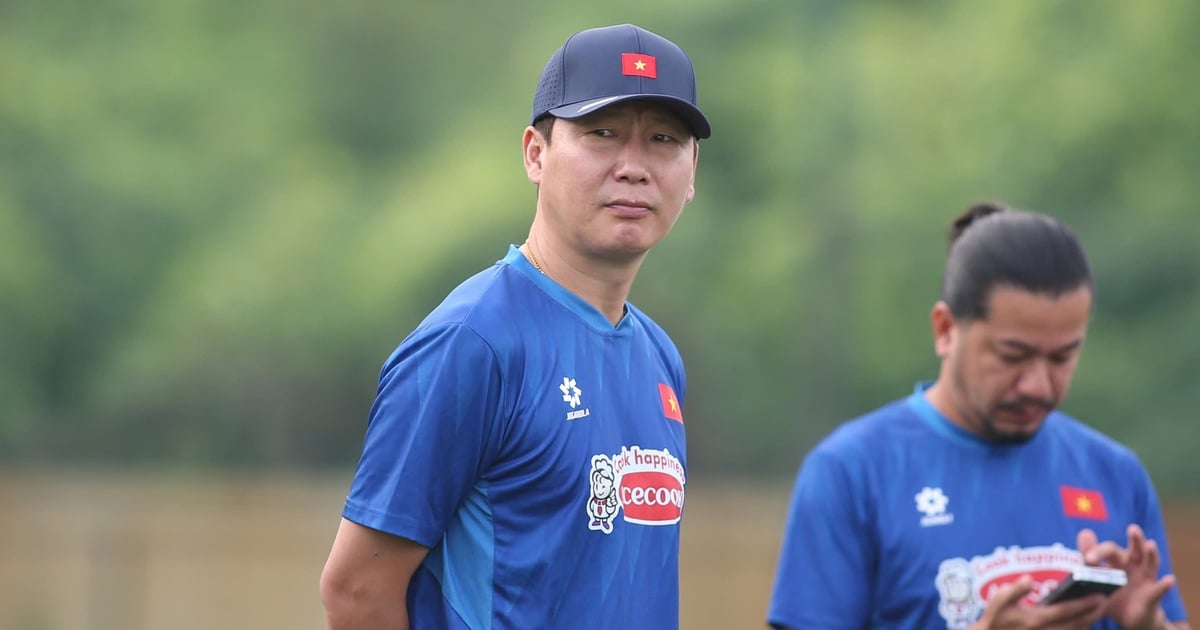
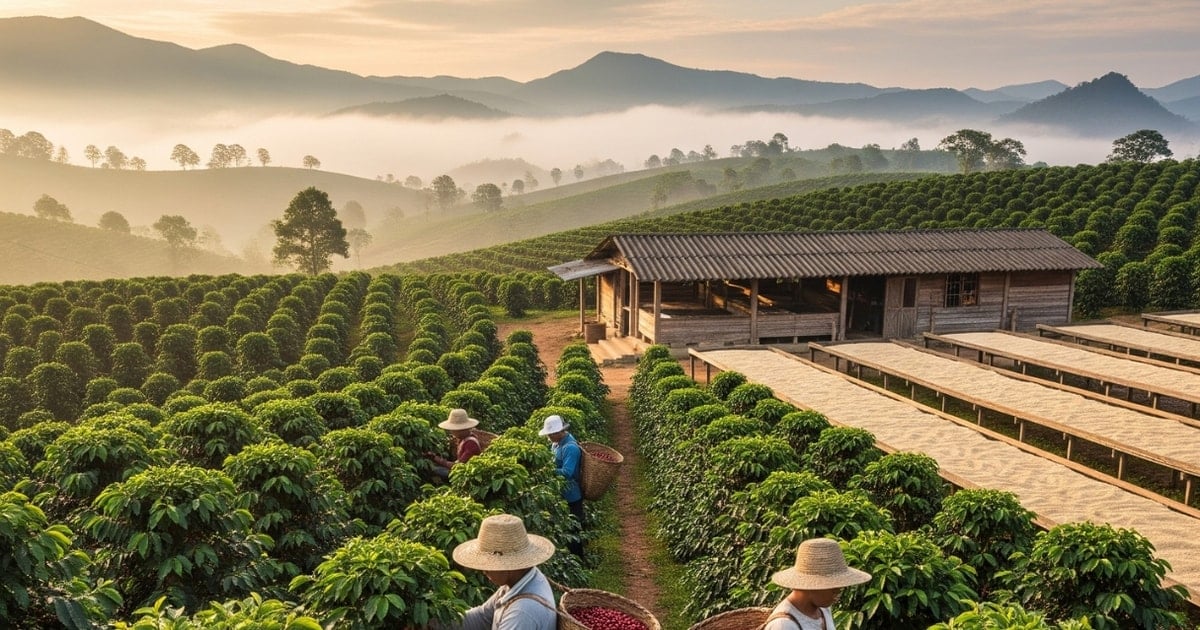
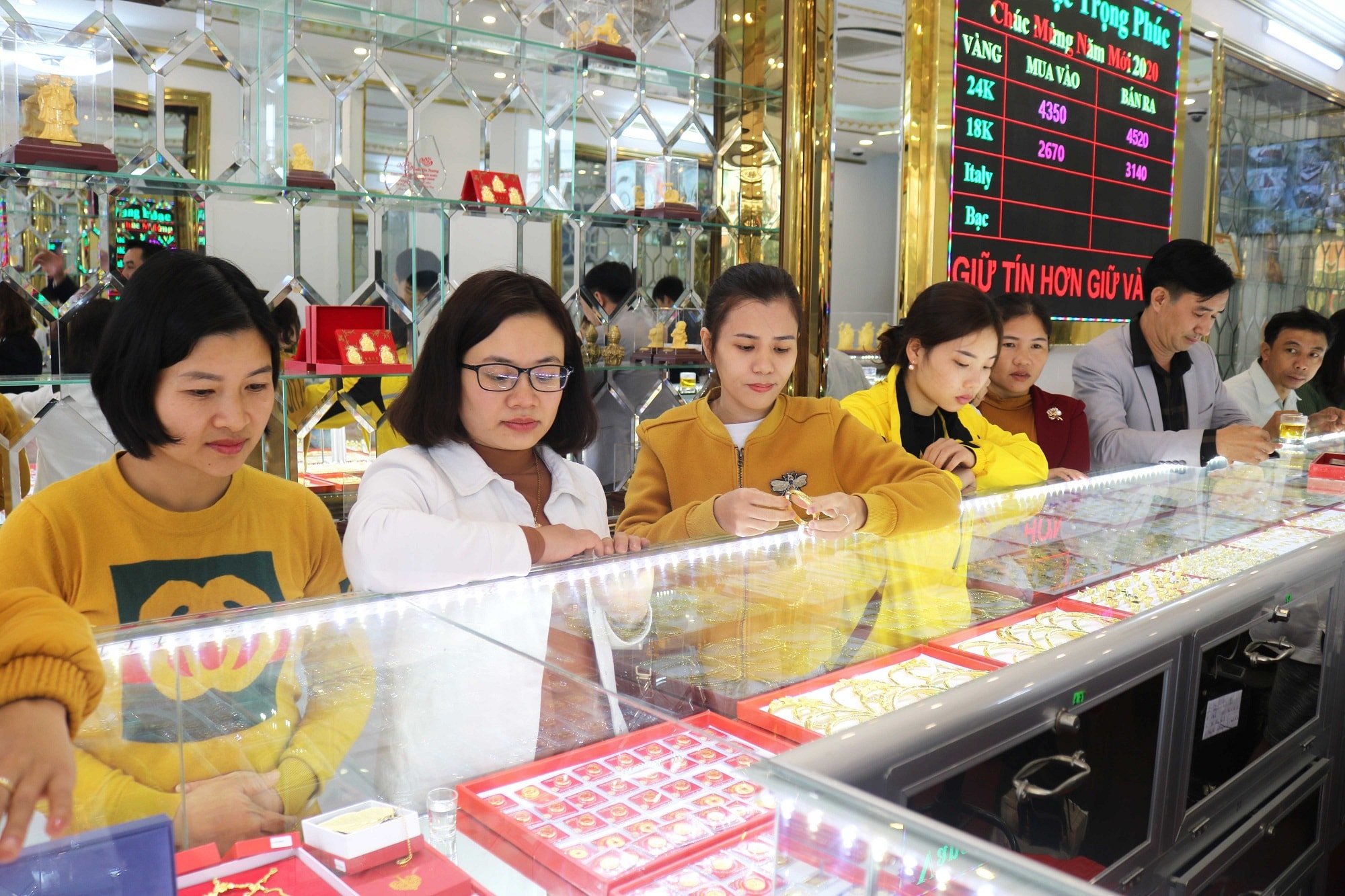
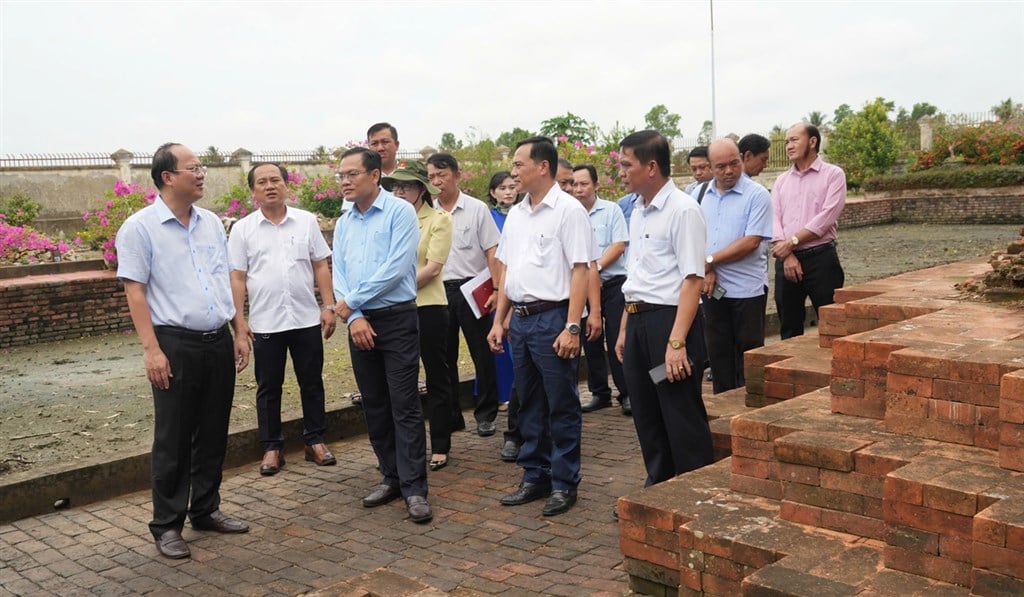



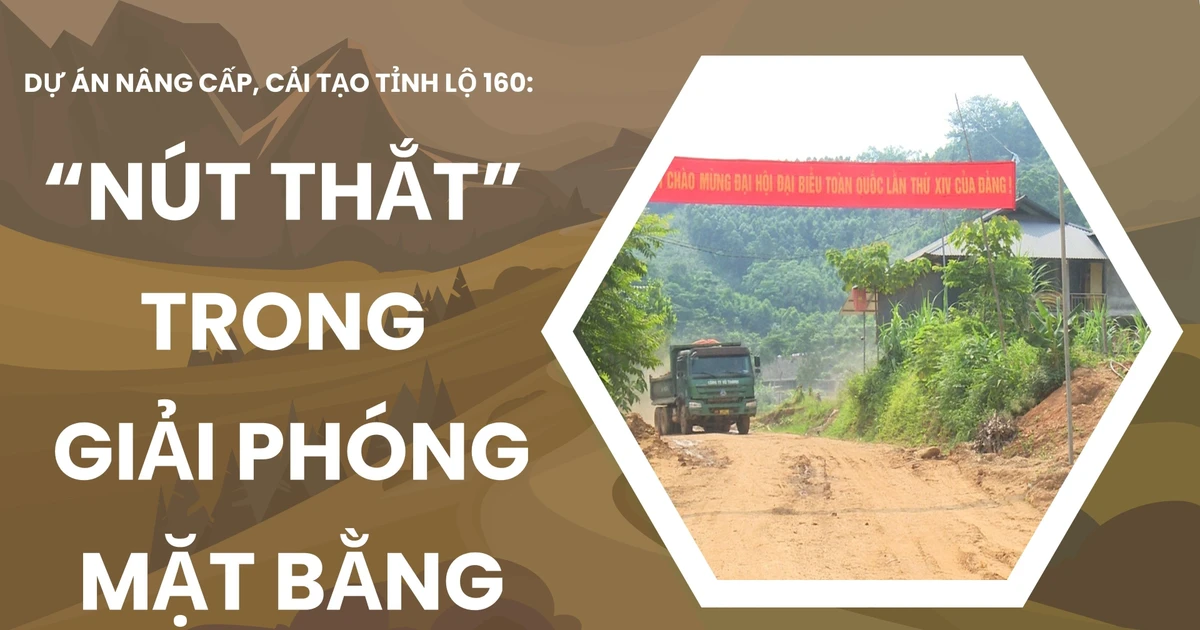










![[Photo] An Phu intersection project connecting Ho Chi Minh City-Long Thanh-Dau Giay expressway behind schedule](https://vstatic.vietnam.vn/vietnam/resource/IMAGE/2025/8/21/1ad80e9dd8944150bb72e6c49ecc7e08)







































![[Photo] Politburo works with the Standing Committee of Hanoi Party Committee and Ho Chi Minh City Party Committee](https://vstatic.vietnam.vn/vietnam/resource/IMAGE/2025/8/21/4f3460337a6045e7847d50d38704355d)

































Comment (0)